Europe’s 10 Most Stunning Hidden Gems & 13 Places That Disappointed Me
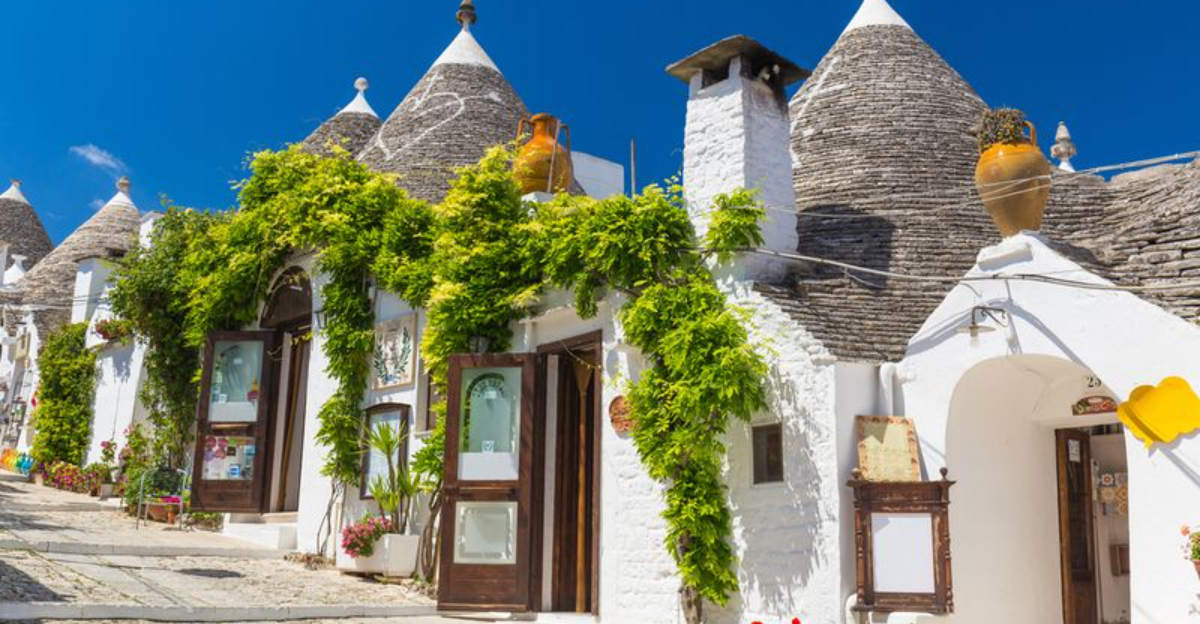
Planning a European adventure comes with high hopes—and sometimes hard lessons. While some destinations live up to every photo and review, others feel overcrowded, overpriced, or just not worth the detour. The challenge isn’t finding places to go; it’s knowing which ones will actually deliver the experience you’re after.
This guide cuts through the hype, spotlighting the places that truly impress—and calling out the ones that might leave you underwhelmed.
1. Ljubljana, Slovenia
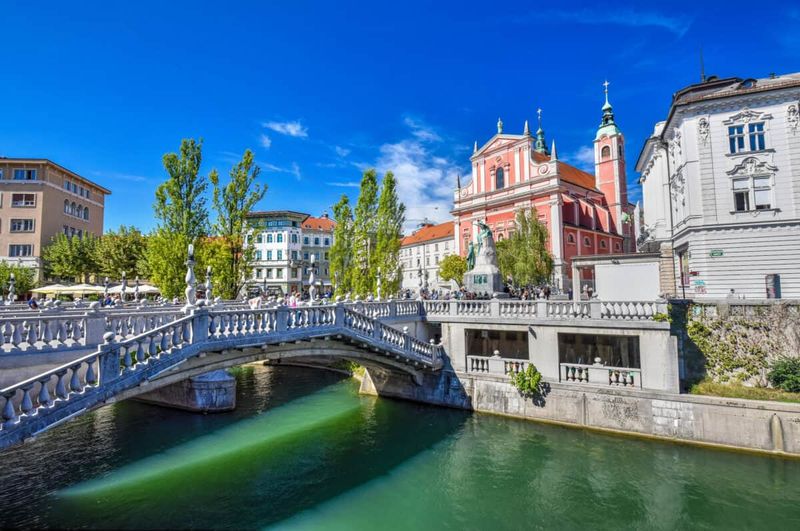
Hidden between mountains and meadows lies a fairytale capital waiting to be discovered. Ljubljana offers peaceful riverside walks where cafés spill onto cobblestone paths.
The city center, completely car-free, lets you wander ancient streets without traffic noise. Sample local cuisine at the Central Market or take the funicular up to the medieval castle for panoramic views.
2. Porto, Portugal

Colorful buildings cascade down hillsides toward a bustling riverfront. Porto captures hearts with its unpretentious charm and world-famous wine cellars.
The city’s historic center features stunning azulejo tiles adorning churches and train stations. Cross the iconic Dom Luís I Bridge for spectacular views and visit a port wine lodge for tastings that won’t break your budget.
3. Lake Bled, Slovenia
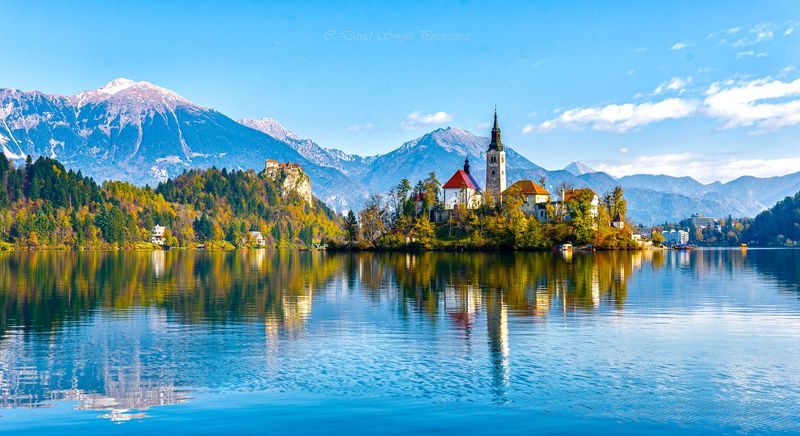
Emerald waters reflect snow-capped mountains while a tiny island church stands in perfect solitude. This alpine paradise offers peaceful rowboat rides across crystal-clear waters.
Lake Bled combines natural beauty with outdoor adventures like hiking Ojstrica for postcard views. The medieval castle perched on a cliff provides dramatic vistas, while cream cake at lakeside cafés offers sweet rewards after active days.
4. Ghent, Belgium
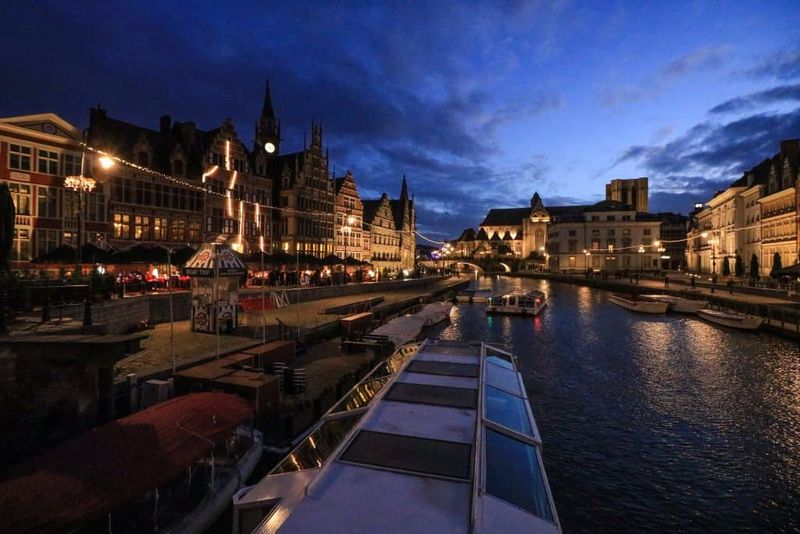
Medieval architecture rises alongside peaceful canals in this underrated Belgian gem. Unlike its more famous neighbor Bruges, this university town maintains an authentic, lived-in atmosphere.
Ghent balances historic charm with a vibrant cultural scene fueled by students and locals. The stunning Gravensteen Castle and Saint Bavo’s Cathedral house artistic treasures, while waterfront bars serve hundreds of Belgian beers worth sampling.
5. Kotor, Montenegro
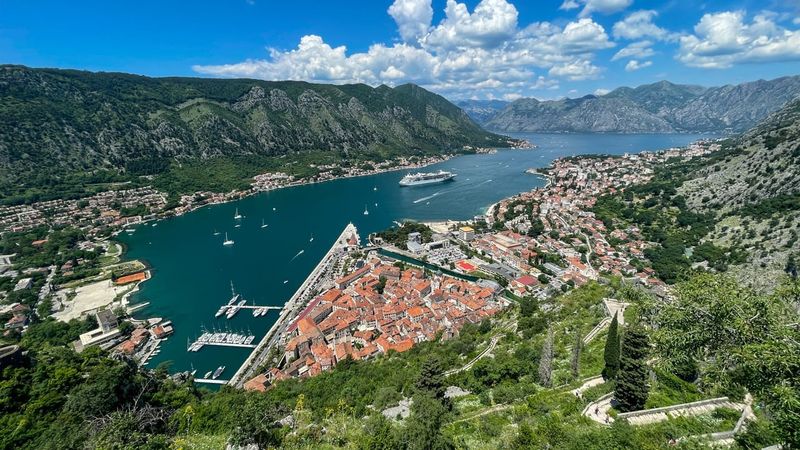
Dramatic limestone cliffs plunge into a sapphire bay surrounding ancient stone walls. This fortified Adriatic treasure offers history buffs and nature lovers equal delights.
Kotor’s Old Town maze of narrow alleys leads to hidden squares and centuries-old churches. Climb the fortress walls zigzagging up the mountainside for breathtaking views of Europe’s southernmost fjord, especially magical at sunset when the bay glows golden.
6. Český Krumlov, Czech Republic
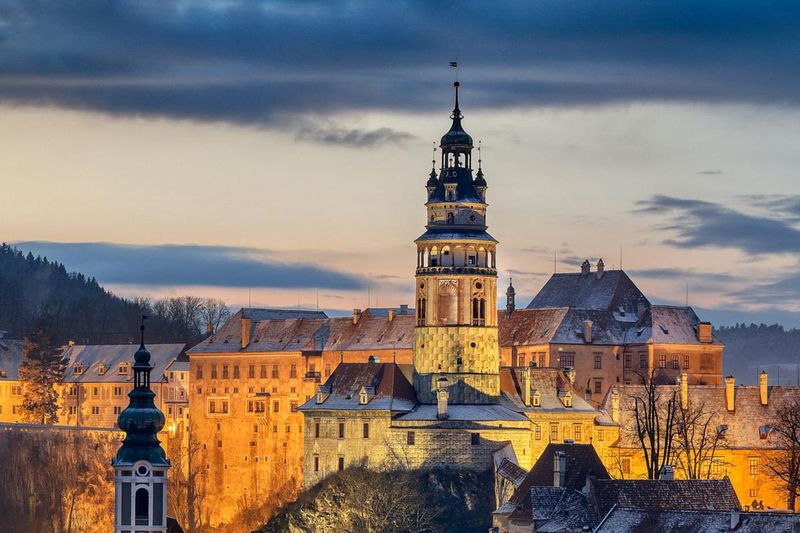
Wrapped within a river’s embrace sits a perfectly preserved medieval town seemingly frozen in time. The winding Vltava River creates a natural moat around this UNESCO treasure.
Český Krumlov’s cobblestone streets lead to one of Europe’s most beautiful castles, complete with baroque gardens and a unique rotating theater. Local taverns serve hearty Czech food and Budvar beer for a fraction of Prague’s prices.
7. Puglia, Italy

Sun-drenched coastlines meet whitewashed villages where time moves deliciously slow. Italy’s heel offers authentic experiences far from the tourist crowds of Rome and Venice.
Puglia charms visitors with its unique trulli houses in Alberobello and dramatic sea caves along the Adriatic. The region’s cuisine shines with simple, farm-fresh ingredients—handmade orecchiette pasta, burrata cheese, and olive oil from trees older than the Roman Empire.
8. Colmar, France
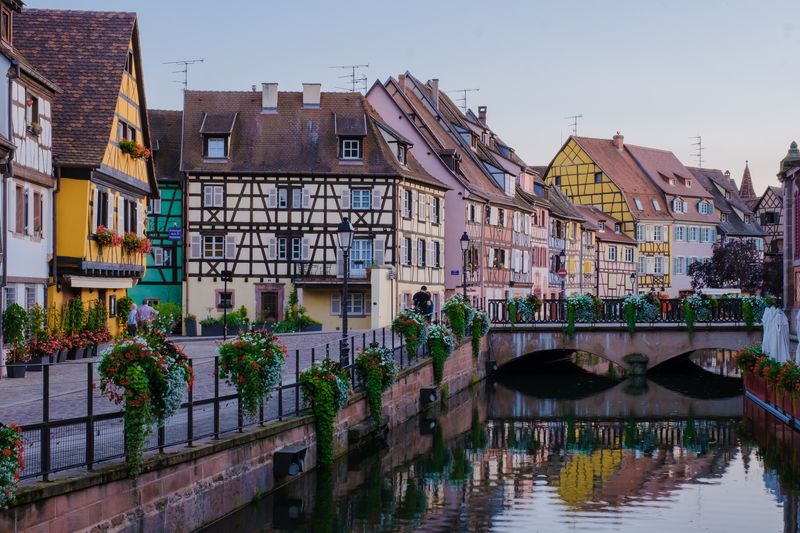
Straight from a storybook, half-timbered houses in candy colors line flower-filled canals. This Alsatian wonder combines French and German influences into something uniquely enchanting.
Colmar’s Little Venice quarter offers romantic boat rides past buildings dating back 500 years. The town produces exceptional wines along the famous Alsace Wine Route, with family-run wineries welcoming visitors for tastings of crisp Rieslings and aromatic Gewürztraminers.
9. The Azores, Portugal
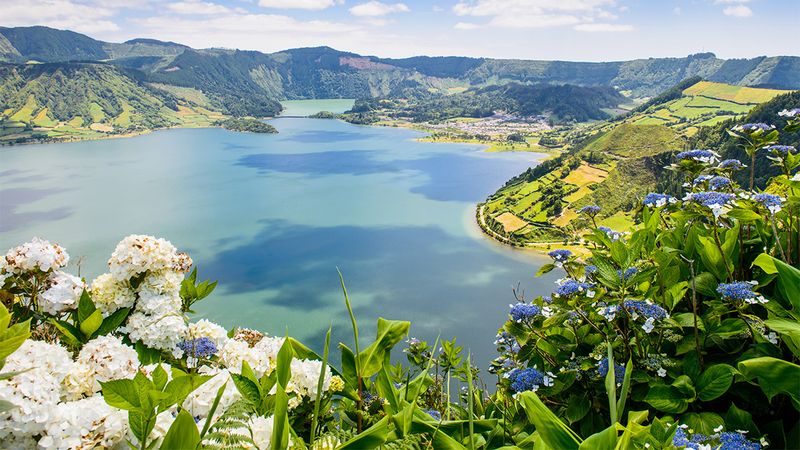
Volcanic landscapes create a paradise of crater lakes, thermal pools, and lush valleys in the middle of the Atlantic. These nine islands remain one of Europe’s best-kept secrets.
The Azores offer affordable adventures from whale watching to hiking dormant volcanoes. São Miguel, the largest island, features the twin blue and green lakes of Sete Cidades and natural hot springs where you can soak while surrounded by tropical plants.
10. The Dolomites, Italy
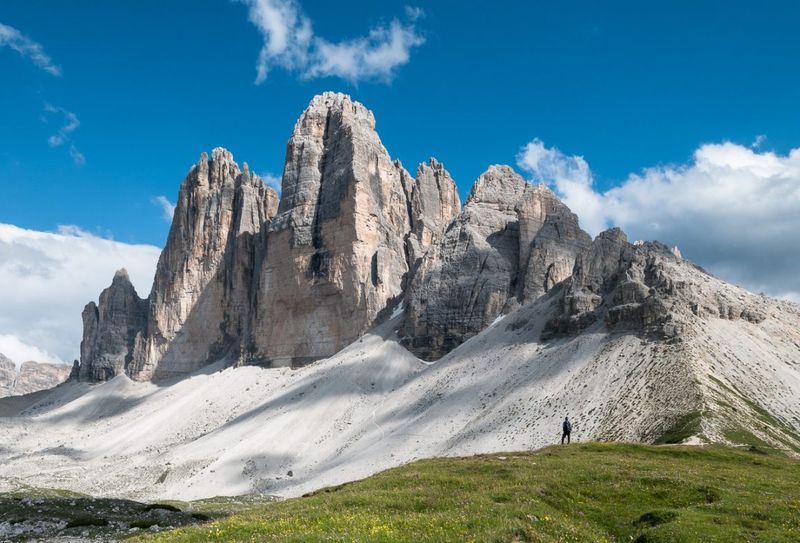
Jagged mountain peaks pierce the sky above alpine meadows dotted with wooden chalets. This northern Italian mountain range offers breathtaking scenery without Swiss price tags.
The Dolomites shine in every season—summer brings hiking and mountain biking while winter transforms valleys into world-class ski destinations. Local cuisine blends Italian and Austrian traditions, creating unique dishes like canederli dumplings and apple strudel served in cozy mountain huts.
11. Santorini, Greece
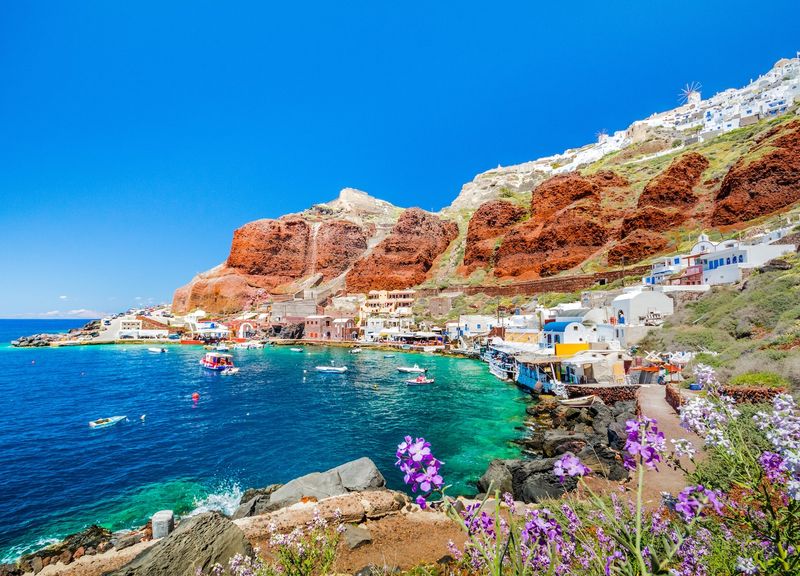
White buildings cling to cliffs while cruise ships unleash thousands of daily visitors into narrow streets. The famous blue domes of Santorini make for perfect Instagram shots—if you can squeeze past the crowds to get them.
This volcanic island’s beauty comes with sky-high prices and tourist traps. Sunset views in Oia require arriving hours early to claim a spot among hundreds of others doing exactly the same thing.
12. Venice, Italy

Gondolas navigate murky canals past buildings slowly sinking into the lagoon. Venice struggles under the weight of 30 million annual visitors crammed into narrow alleys.
The floating city charges tourist taxes plus inflated prices for mediocre canal-side meals. Authentic local life has largely disappeared as residents flee rising costs, leaving behind a beautiful but increasingly hollow museum city populated mainly by day-trippers and souvenir shops.
13. Barcelona, Spain
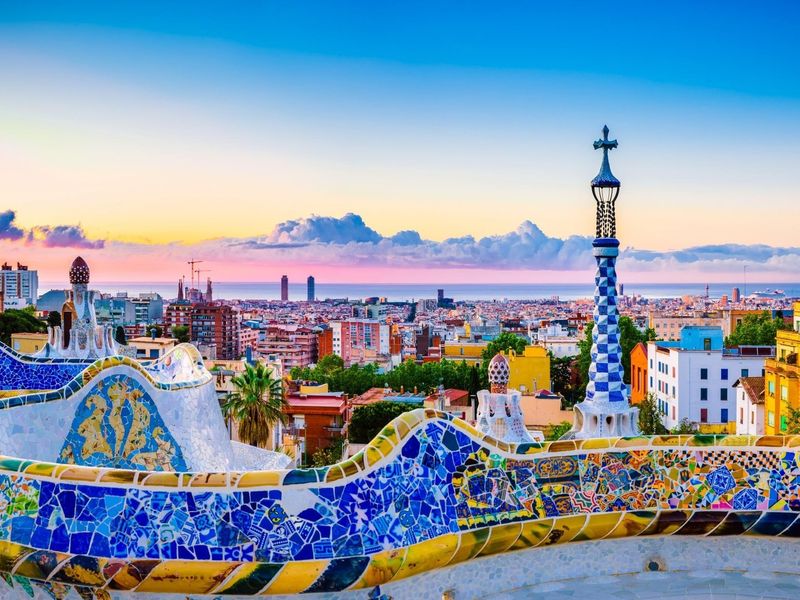
Gaudi’s fantastical architecture disappears behind forests of selfie sticks and pickpocket warning signs. The Catalan capital suffers from overtourism that has sparked local protests and anti-tourist graffiti.
Barcelona’s La Rambla feels more like a tourist conveyor belt than a boulevard. Beaches get so packed in summer that finding space for your towel becomes a competitive sport, while restaurant menus in English offer watered-down paella at inflated prices.
14. Amsterdam, Netherlands
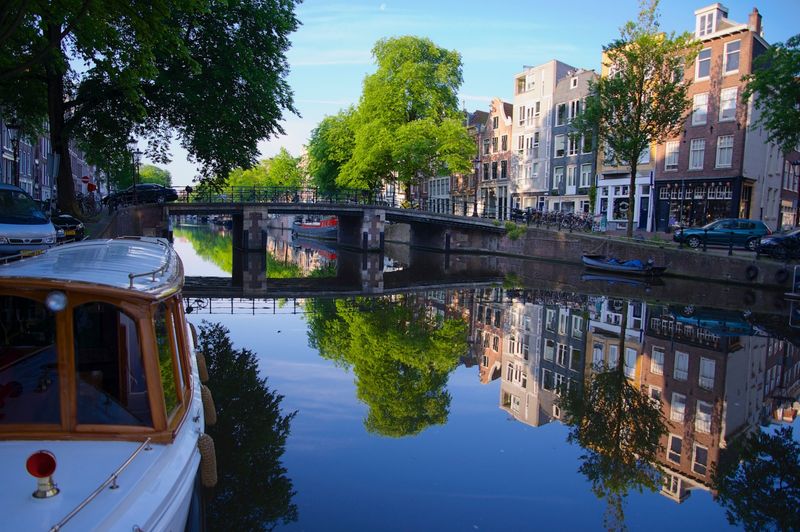
Canal views compete with beer bikes carrying rowdy bachelor parties through historic streets. The Dutch capital’s beauty gets overshadowed by overtourism focused on its red-light district and coffee shops.
Amsterdam’s city center transforms into an open-air party zone on weekends. Residents increasingly avoid central areas while housing prices skyrocket due to Airbnb conversions. Museums require booking weeks ahead, with long lines snaking outside despite timed entry tickets.
15. Dubrovnik, Croatia
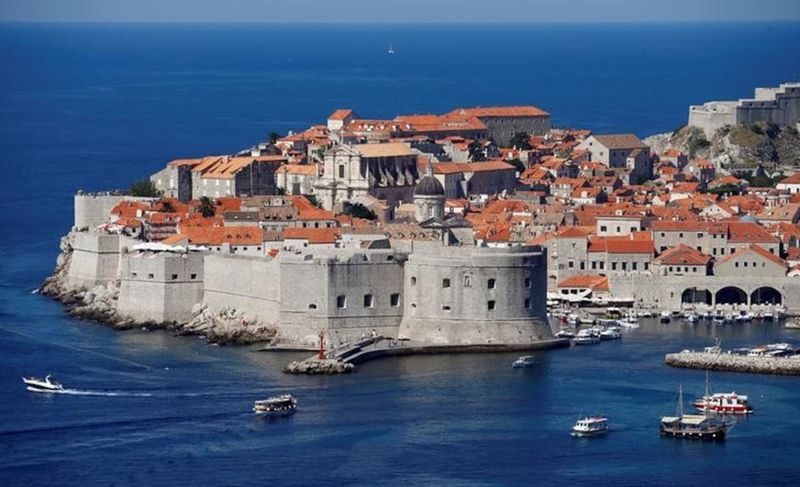
Ancient walls contain streets so packed in summer that walking becomes nearly impossible. Game of Thrones filming locations draw massive crowds to this once-peaceful Adriatic jewel. Dubrovnik’s cruise ship schedule reveals the best times to avoid the Old Town entirely.
Local restaurants have largely been replaced by overpriced tourist traps, while residents find themselves priced out of their hometown. The city’s beauty remains undeniable—if you can somehow experience it without thousands of others.
16. Reykjavik, Iceland
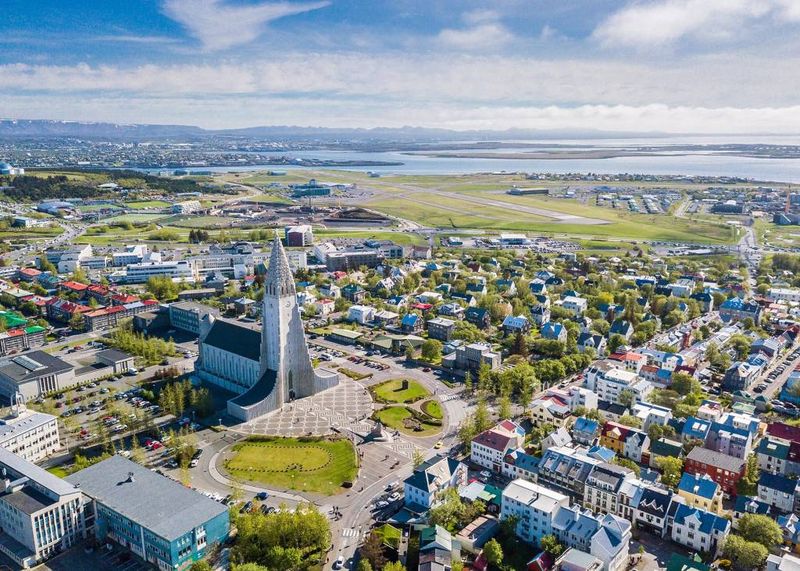
Colorful buildings house gift shops selling puffin plushies at eye-watering prices. Iceland’s capital serves mainly as a expensive base for natural attractions located hours away. Reykjavik itself offers limited sights compared to the stunning landscapes beyond city limits.
Restaurant meals cost a small fortune, while hotel rooms command premium rates year-round. The real Iceland exists outside the capital, where waterfalls and geothermal wonders provide the authentic experiences visitors truly seek.
17. Mykonos, Greece
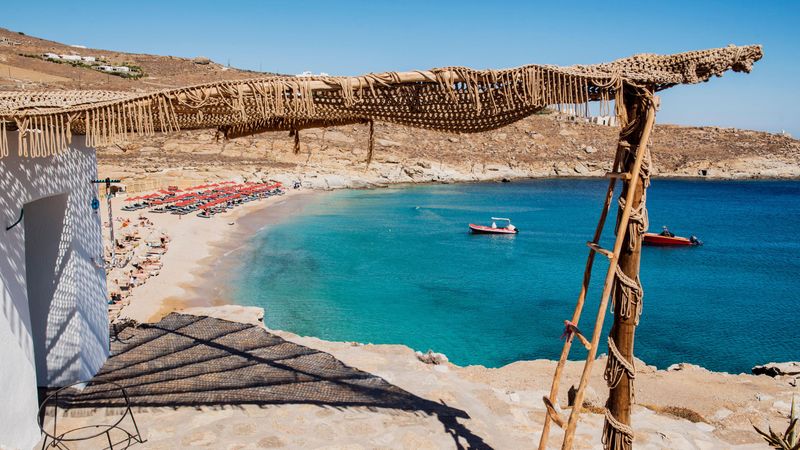
Beach clubs blast music while charging €20 for a single sunbed on overcrowded shores. This glamorous island caters to a specific crowd seeking parties and luxury shopping rather than Greek culture. Mykonos prices rival those in Monaco or Saint-Tropez.
Famous windmills appear in thousands of identical Instagram posts daily, while authentic tavernas have largely been replaced by scene-focused restaurants where reservation deposits exceed €100 per person. The island’s natural beauty gets overshadowed by its party reputation.
18. Lucerne, Switzerland

Postcard views come with price tags that might cause physical pain to your wallet. This picturesque Swiss city offers stunning mountain backdrops but minimal authentic experiences. Lucerne’s famous wooden Chapel Bridge gets so crowded that crossing it feels like a contact sport.
Souvenir shops selling identical Swiss watches and chocolate line streets where restaurant menus display prices that make visitors gasp. The surrounding nature impresses far more than the tourist-focused city itself.
19. Salzburg, Austria
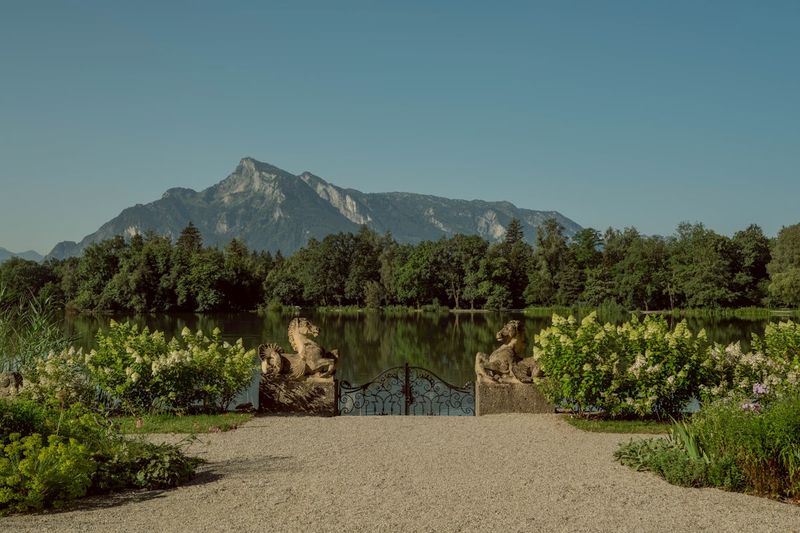
Musical heritage gets packaged into expensive Sound of Music tours through locations barely recognizable from the film. Mozart’s birthplace city feels increasingly like a theme park version of itself.
Salzburg’s Old Town caters almost exclusively to tourists seeking Mozart chocolates and do-re-mi photo opportunities. The fortress provides nice views but comes with steep admission fees. Beyond the historic center lies a modern Austrian city largely ignored by visitors focused solely on reliving movie moments.
20. Capri, Italy
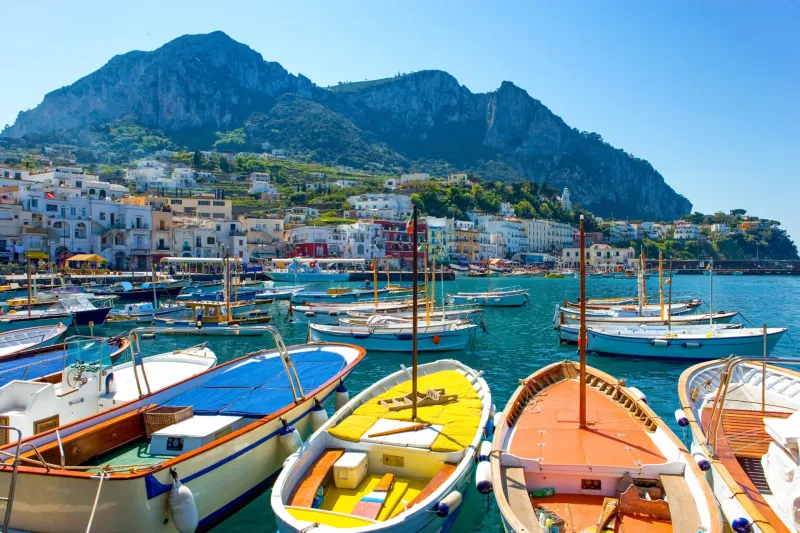
Luxury boutiques and €15 espressos define an island that once inspired artists and writers. Today’s Capri caters almost exclusively to the wealthy seeking status holidays.
The famous Blue Grotto often disappoints after long waits and high fees. Capri town’s main square functions as a runway for designer fashion rather than a place to experience Italian culture. Beaches are tiny, crowded, and often require expensive club memberships for access to a sliver of rocky shore.
21. Nice, France
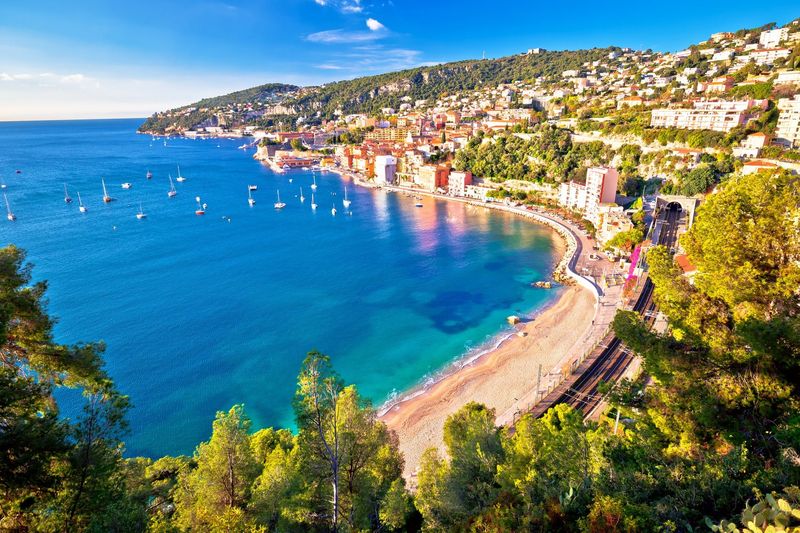
Rocky beaches lined with rental chairs offer little comfort despite premium prices. The French Riviera’s famous city provides more style than substance for most visitors. Nice’s Promenade des Anglais looks elegant from a distance but feels crowded and somewhat grimy up close.
The old town offers pleasant wandering but contains mostly tourist-focused restaurants. Nearby Monaco and smaller coastal villages provide more authentic and rewarding French Riviera experiences without Nice’s urban drawbacks.
22. Bruges, Belgium
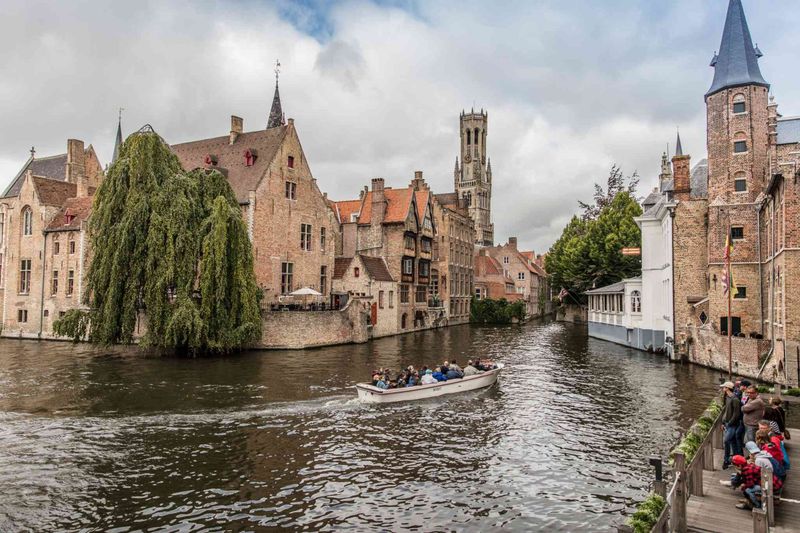
Medieval architecture creates a perfect backdrop for selfies but little authentic Belgian life remains. This perfectly preserved town functions primarily as an open-air museum filled with day-trippers. Bruges empties dramatically after 5pm when tour buses depart.
Chocolate shops and waffle stands target tourists with inflated prices, while restaurants offer identical menus featuring the same Belgian classics. The city’s undeniable beauty feels somewhat hollow without the vibrant local culture found in less touristic Belgian cities.
23. Hallstatt, Austria

Lakeside beauty gets obscured by tour groups jostling for the perfect photo angle. This tiny alpine village receives over a million visitors annually despite having fewer than 800 residents. Hallstatt became famous through social media, leading to overwhelming tourism including a full-scale replica built in China.
Local life has largely disappeared as homes convert to tourist accommodations and gift shops. Visitors often spend just an hour taking photos before leaving, missing the natural beauty that makes the region truly special.
